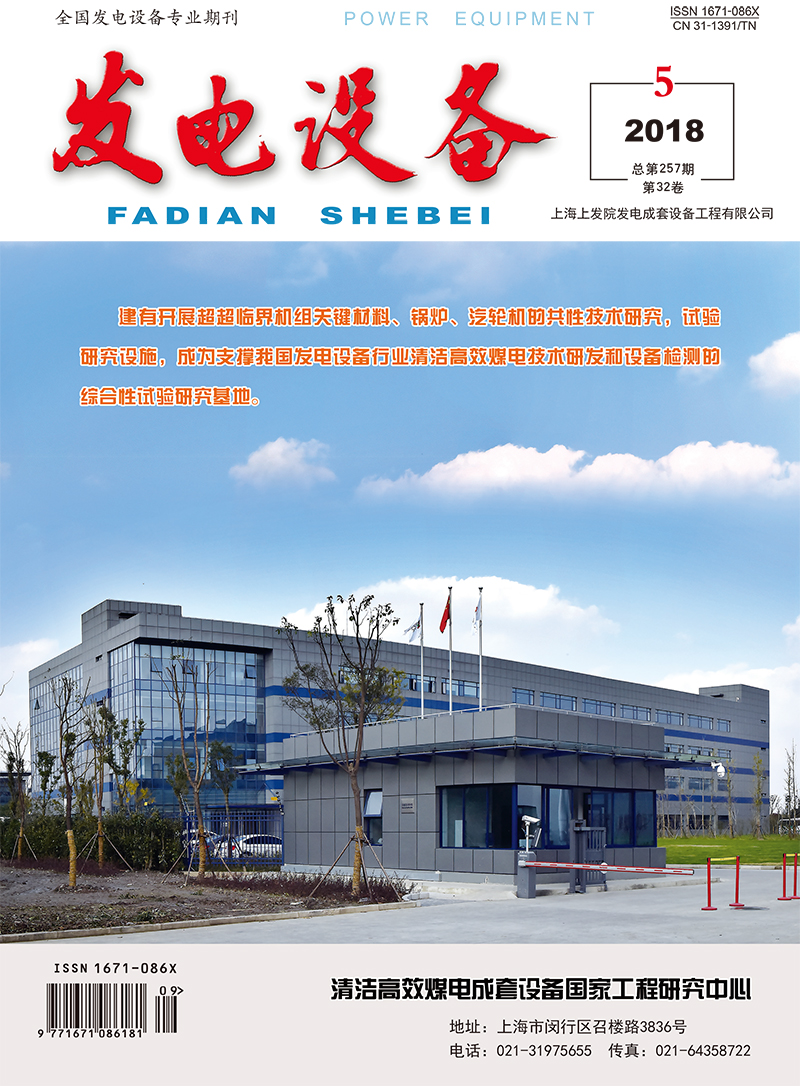Bao Weiwei, Cao Ruifeng, Duan Jinpeng, Yu Haipeng
2018, 32(5): 348-352,356.
To improve the techno-economic performance of a 1 000 MW ultra supercritical unit with primary frequency regulation, an analysis was conducted on the working principle, frequency regulation characteristics and thermal economy of the following three main technologies:control valve pre-throttle technology, adjustable regenerative extraction technology and condensed water throttle control technology. Results show that the condensed water throttle control technology is the most economical one, followed by the adjustable regenerative extraction technology, and the control valve pre-throttle technology. Compared with the control valve pre-throttle technology, the unit heat consumption could be reduced by 22 kJ/(kW·h) when the condensed water throttle control technology is used.
